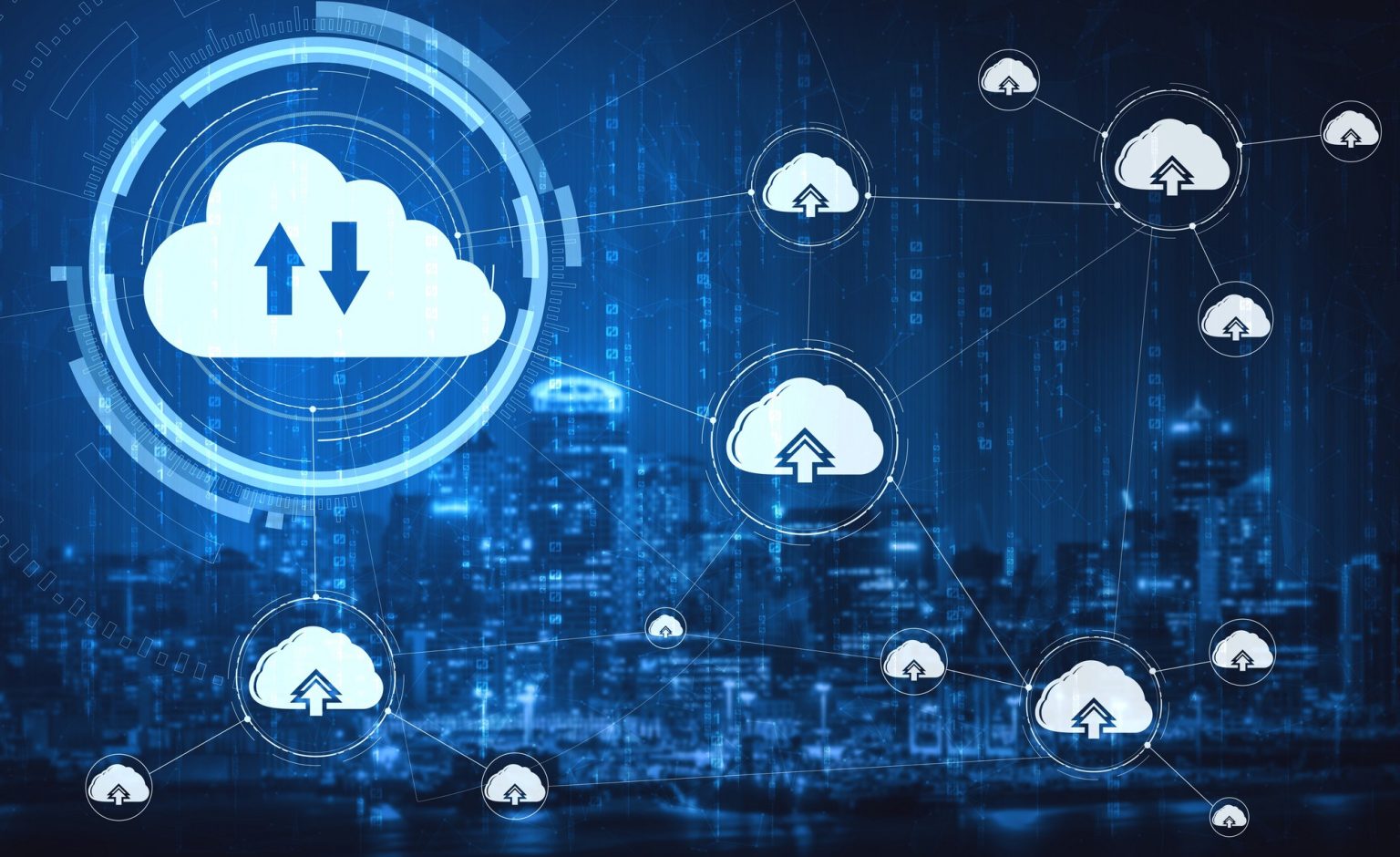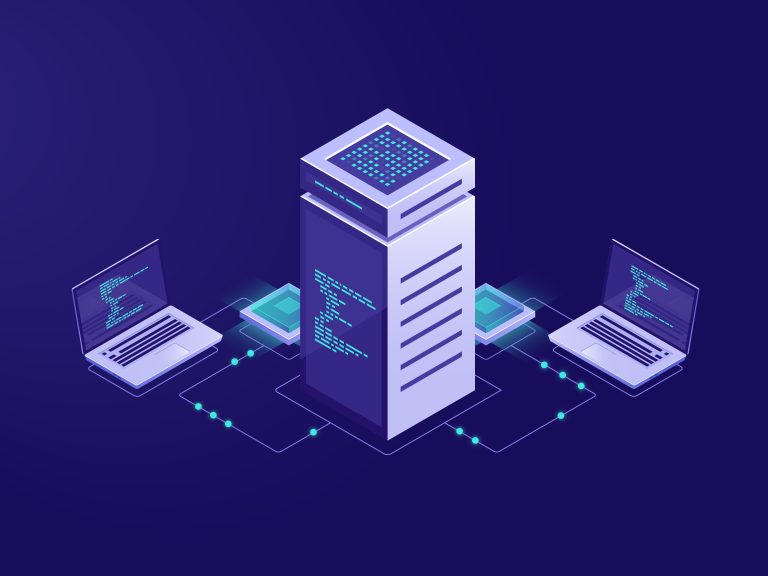The world is witnessing an explosion in connected devices, real-time applications, and data-driven decision-making. Traditional cloud hosting has played a significant role in enabling global digital growth, but it faces growing challenges in meeting the demands of speed, responsiveness, and localized processing. This is where edge computing enters the picture—not as a replacement, but as a powerful evolution that is reshaping the future of cloud hosting.
What is Edge Computing?
Edge computing is the practice of processing data closer to its source—whether that source is a user, a device, or a sensor. Instead of relying entirely on centralized data centers that may be located thousands of kilometers away, edge computing distributes computing power to multiple smaller nodes near the point of activity. These nodes can be located in local servers, gateways, or even embedded in devices themselves.
The goal is simple: reduce latency, improve real-time performance, and reduce the bandwidth strain on central networks.
The Limitations of Traditional Cloud Hosting
Traditional cloud hosting relies heavily on centralized infrastructure. While this model has provided cost-efficiency, scalability, and storage capabilities, it also introduces challenges in situations where timing and responsiveness are critical. Applications such as autonomous vehicles, remote healthcare, smart cities, and real-time analytics require faster data processing than centralized clouds can often deliver.
In these use cases, even milliseconds of delay can be significant. Traditional cloud hosting may struggle with such ultra-low-latency demands, especially when data has to travel long distances to reach a data center and back.
How Edge Computing Bridges the Gap?
Edge computing brings intelligence closer to the edge of the network. This shift results in several important benefits:
- Faster response times: By reducing the distance data must travel, edge computing ensures quicker decision-making and smoother user experiences.
- Reduced bandwidth usage: Since data is processed locally, only essential information needs to be sent to the cloud, decreasing network congestion.
- Enhanced reliability: Edge devices can operate independently or continue functioning even if the central cloud is temporarily unavailable.
- Better data privacy: With local processing, sensitive data can be analyzed and acted upon without ever leaving the premises, improving compliance with privacy regulations.
By integrating edge computing with traditional cloud systems, organizations create a hybrid architecture that combines the strengths of both—scalability and central control from the cloud, with speed and efficiency at the edge.
Real-World Applications and Impact:
Edge computing is already making an impact across industries. In manufacturing, it enables predictive maintenance by analyzing machine data on-site. In retail, it powers smart shelves and real-time customer insights. In transportation, it helps vehicles make split-second navigation decisions. These advancements are not theoretical—they are actively reshaping how digital services are delivered and experienced.
Why Choose pheonixsolutions?
At pheonixsolutions, we understand that the future of cloud hosting is not centralized—it is distributed, intelligent, and dynamic. That’s why we offer tailored edge computing solutions that seamlessly integrate with modern cloud environments.
Our infrastructure is designed for performance, security, and adaptability. Whether you’re deploying mission-critical applications or optimizing user experiences in remote locations, pheonixsolutions provides the tools and expertise to make it happen.
We focus on delivering:
- Edge-ready hosting solutions for latency-sensitive applications
- Scalable infrastructure with built-in redundancy and high availability
- Hands-on technical support to guide your edge transformation
- A secure and privacy-conscious approach to local data processing
With pheonixsolutions, you’re not just adapting to the future of hosting—you’re leading it.
Conclusion:
Edge computing is no longer a concept of the future; it is a necessary evolution of how data is managed, processed, and acted upon in the digital era. As more businesses and services demand instant responsiveness and localized performance, the role of edge computing will continue to grow.
By combining the agility of edge computing with the foundational strength of cloud hosting, organizations can achieve unparalleled efficiency, reliability, and innovation. With the right partner like pheonixsolutions, the journey into this next phase of computing becomes seamless and future-proof.




